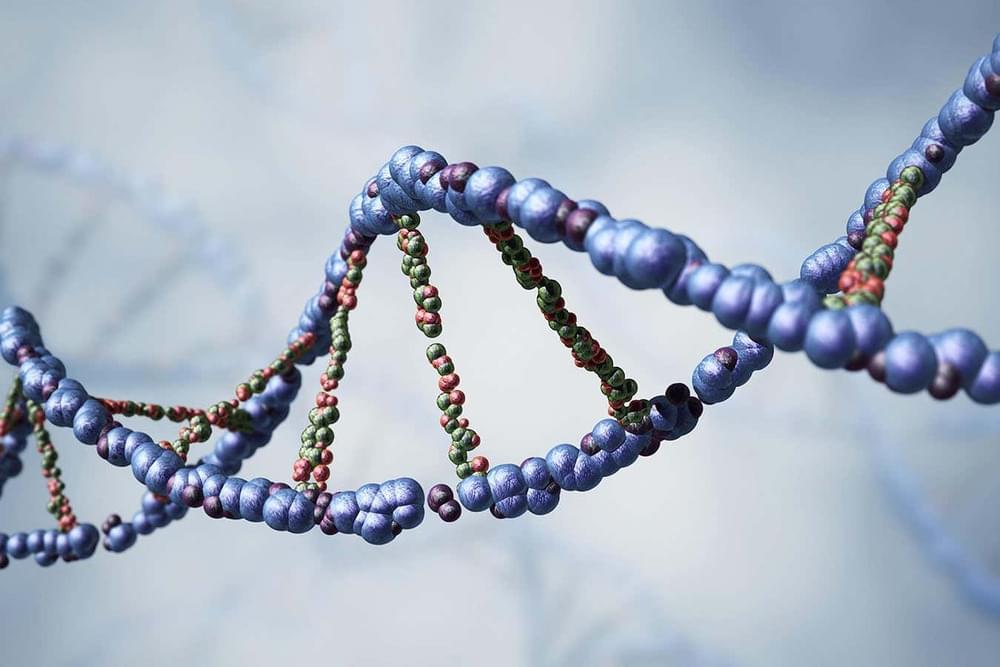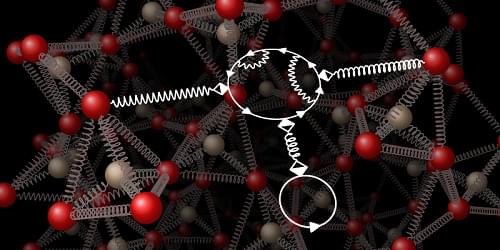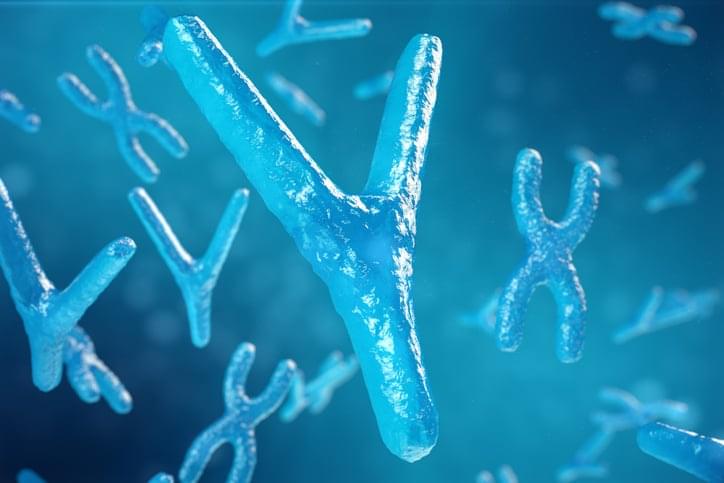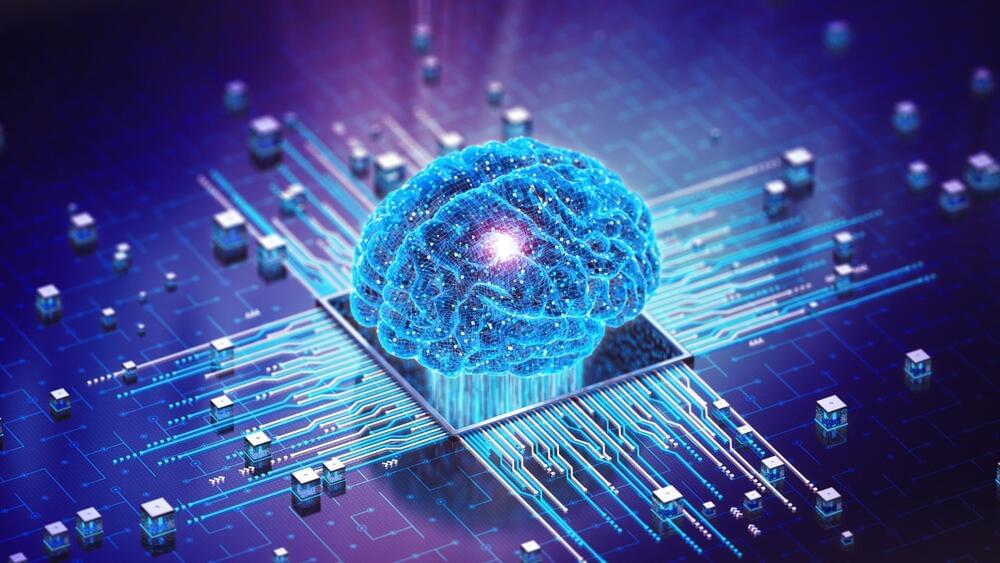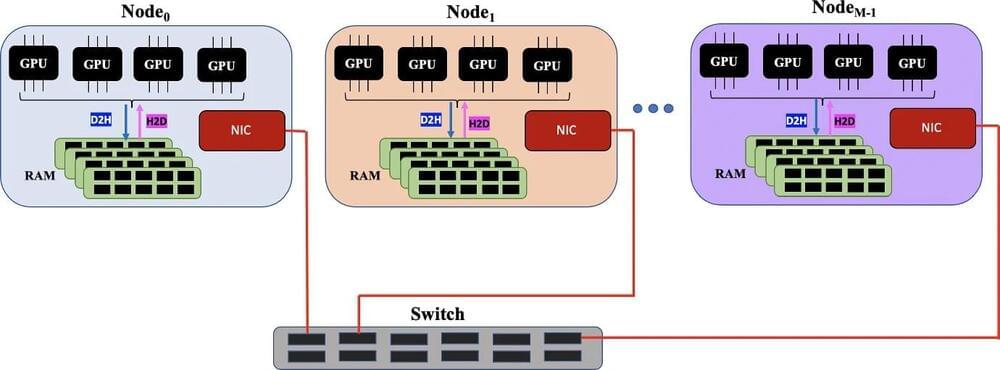Here’s my new article for Aporia magazine, the final futurist story in my 4-part series for them!
Written by Zoltan Istvan.
I met my wife on Match.com 15 years ago. She didn’t have a picture on her profile, but she had written a strong description of herself. It was enough to warrant a first date, and we got married a year later.
But what if ordinary dating sites allowed users to see their potential date naked using advanced AI that could “virtually undress” that person? Let’s take it a step further. What if they gave users the option to have virtual sex with their potential date using deepfake technology, before they ever met them in person? Some of this technology is already here. And it’s prompting a lot of thorny questions – not just for dating sites but for anyone who uses the web.
Deepfakes are synthetic media created by deep learning algorithms (a form of artificial intelligence). These videos, images and audio recordings depict faces, voices or entire personas that are often indistinguishable from the real thing. They have raised concerns due to their potential to deceive and manipulate. While originally used to create humorous or satirical content, they will increasingly be misused to spread fake news and to commit fraud or blackmail. Of particular concern is how they might affect personal relationships.


